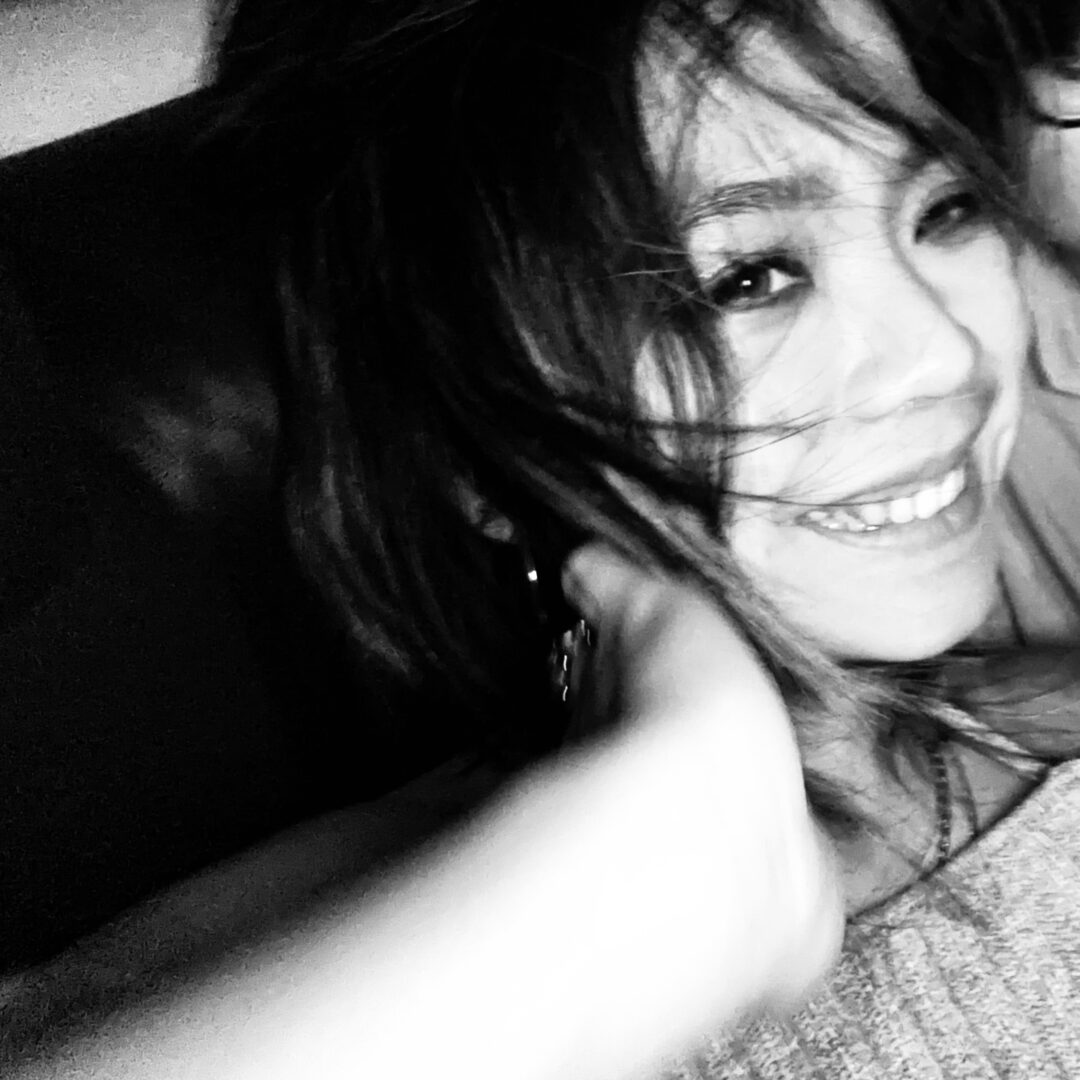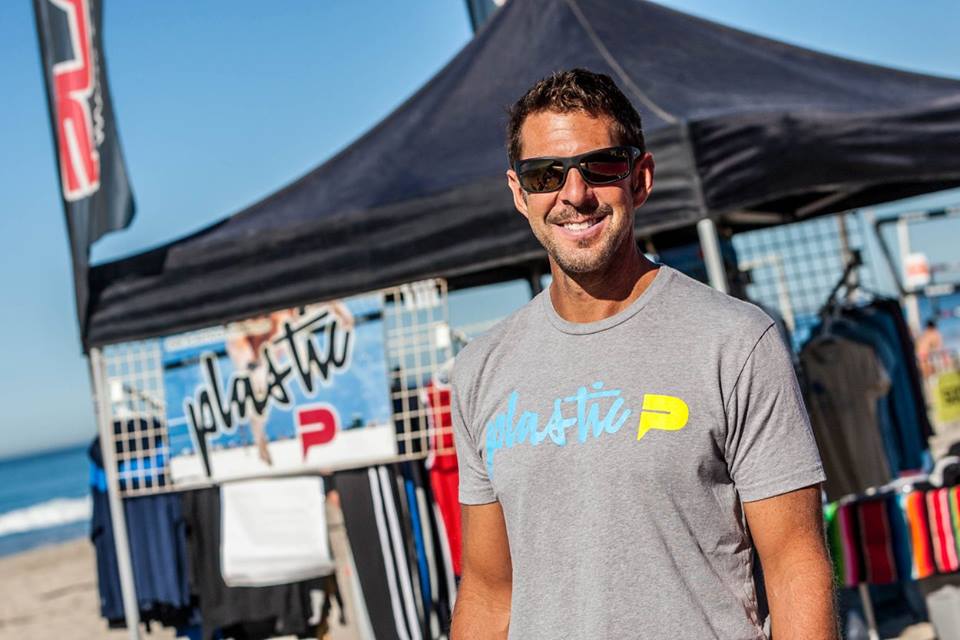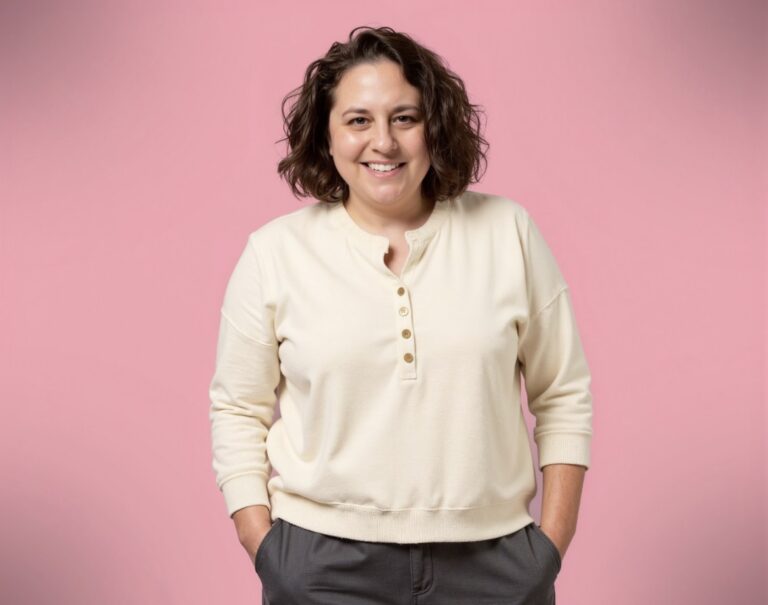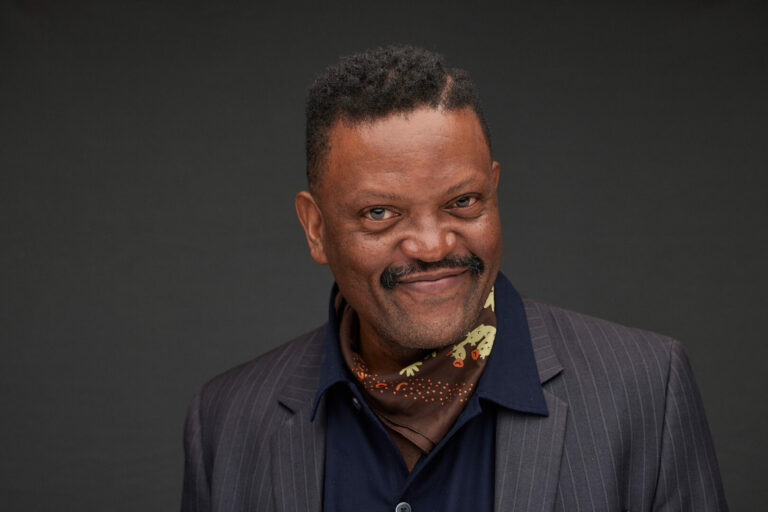We were lucky to catch up with Christina Yang recently and have shared our conversation below.
Hi Christina, appreciate you sitting with us today to share your wisdom with our readers. So, let’s start with resilience – where do you get your resilience from?
My resilience comes from embracing a beginner’s mindset, where I continuously seek to learn and grow. Engaging in new experiences, such as learning a new language, keeps my mind active and adaptable. I also rely on aerobic exercises like jogging, which I consider a form of ‘hot meditation.’ This physical activity not only strengthens my body but also helps me clear my mind and reset. Finally, playing music is my therapy. It allows me to enter a state of flow, providing a creative escape and helping me recharge emotionally and mentally.
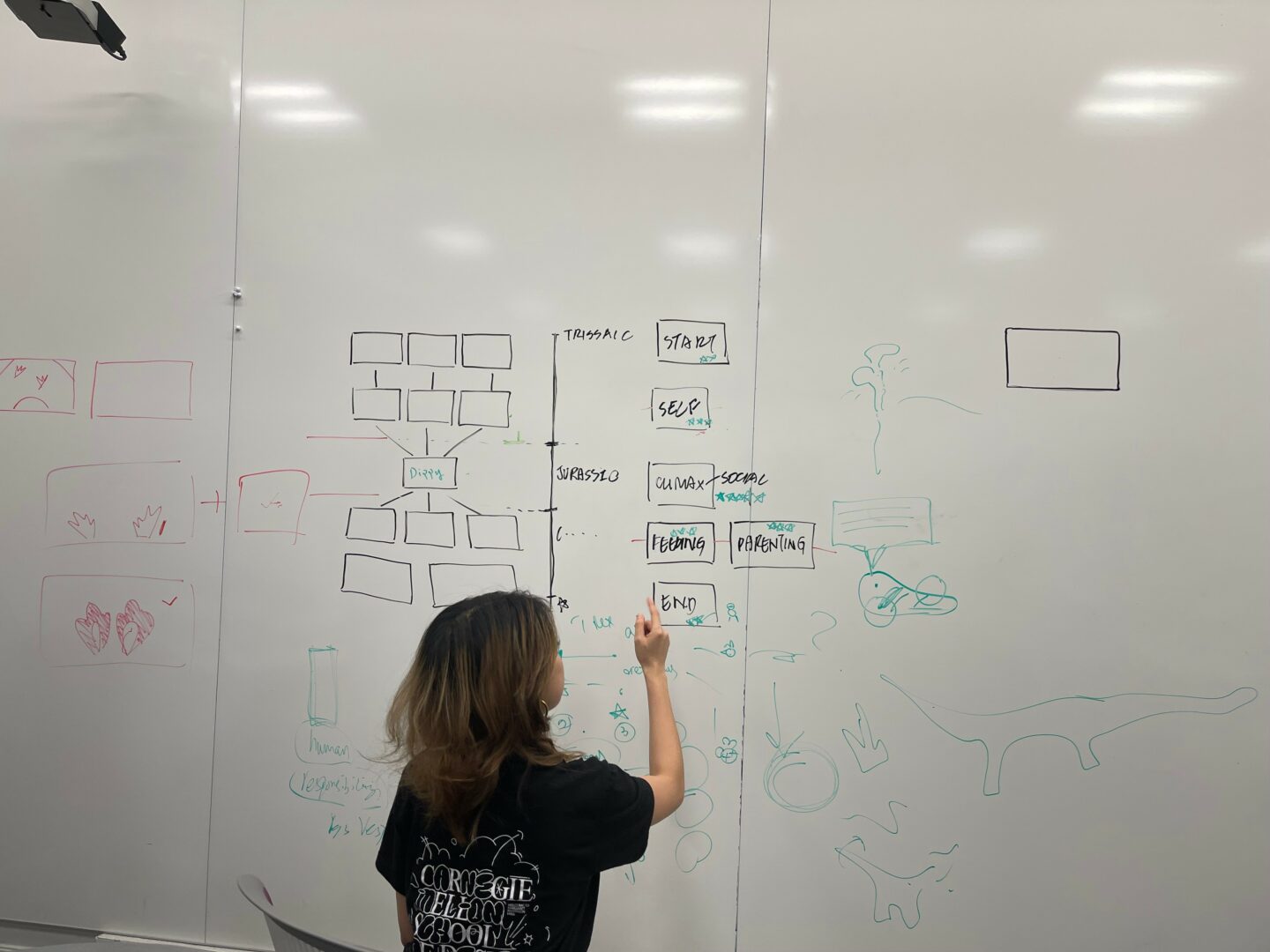
Thanks for sharing that. So, before we get any further into our conversation, can you tell our readers a bit about yourself and what you’re working on?
I’m Christina Yang, currently pursuing my Master’s in Design (MDes) at Carnegie Mellon University, graduating in 2025. My work revolves around and is infused with product design with a strong focus on leveraging emerging technologies like AI and XR (Extended Reality) to create impactful and intuitive user experiences and creative photography. I’m also a Swartz Entrepreneurial Fellow, which gives me the unique opportunity to explore the intersection of design, technology, and entrepreneurship.
I find it thrilling about building tools and communities that help people realize their creativity and pursue their passions. What excites me most about my work in tech is the potential to shape how people fully unleash their creativity in the blend of digital and physical environments. Designing with AI and XR allows me to imagine and build experiences that feel both futuristic and accessible.
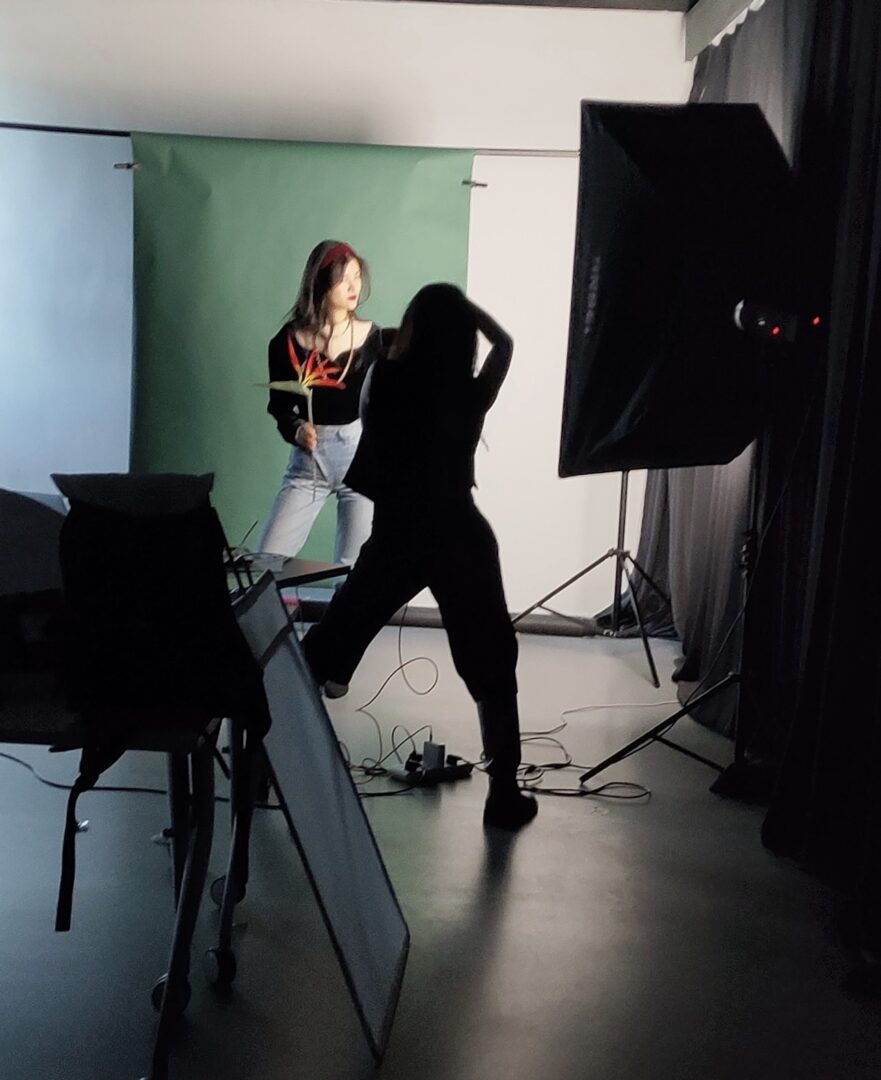
Looking back, what do you think were the three qualities, skills, or areas of knowledge that were most impactful in your journey? What advice do you have for folks who are early in their journey in terms of how they can best develop or improve on these?
Looking back, three qualities that have been most impactful in my journey are adaptability, a strong foundation in prototyping, and a curiosity for emerging technologies.
Adaptability has been essential because the fields of design and technology evolve so quickly. I’ve learned to embrace change, which has allowed me to stay open to new ideas and shift directions when necessary. For those early in their journey, I’d recommend putting yourself in situations that challenge your thinking and learning how to view change as an opportunity rather than a setback.
Prototyping skills have also been critical, as they allow me to bring concepts to life, test ideas quickly, and refine solutions based on real feedback. To develop this skill, start with small projects, and don’t be afraid to make mistakes. Use each prototype as a learning experience, and iterate continuously.
Lastly, my curiosity and creativity about emerging technologies like AI and XR have helped me stay at the forefront of design. These areas are transforming how we interact with the world, and staying curious has allowed me to experiment with tools that bring my ideas to the next level. For anyone starting out, dive into learning about new tech. Try out different tools, even if they feel intimidating at first, and think about how they might impact your field.
My advice to those starting their journey is to keep exploring, stay resilient through setbacks, and don’t shy away from learning new skills that might seem unconventional. Building these habits early on will allow you to thrive in an ever-evolving industry.
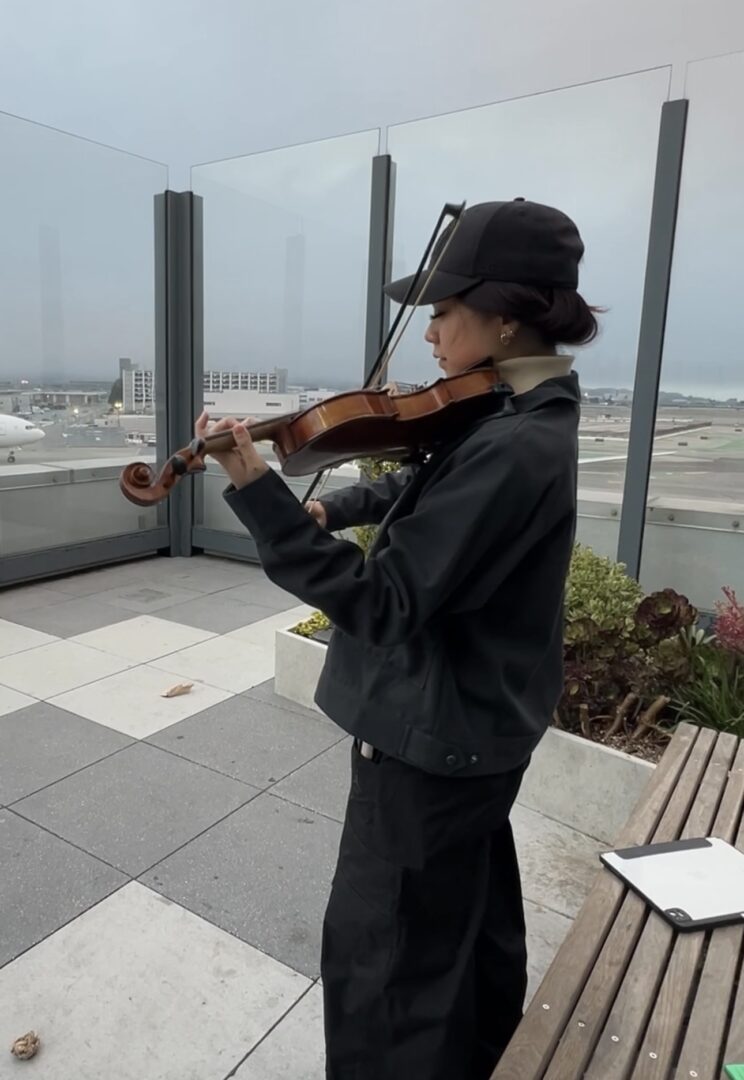
Thanks so much for sharing all these insights with us today. Before we go, is there a book that’s played in important role in your development?
The Science of the Artificial by Herbert A. Simon has been a foundational book in my development, particularly in understanding the nature of design and artificial systems. Simon’s exploration of how we create, structure, and interact with complex systems has deeply influenced my approach to product design and innovation. One of the most impactful insights from the book is Simon’s concept that design is fundamentally about shaping environments to suit human needs, rather than conforming to natural constraints. This perspective has empowered me to think creatively about how I can use technology to shape new experiences and solve real-world problems. Simon’s work encourages designers to see themselves not just as creators but as problem-solvers who can transform abstract ideas into practical, impactful solutions. This philosophy resonates with me and continues to inspire my journey.
Contact Info:
- Website: https://christinayang.framer.website/projects
- Instagram: https://www.instagram.com/christ.ywn/
- Linkedin: https://www.linkedin.com/in/christina-yang-384004244/
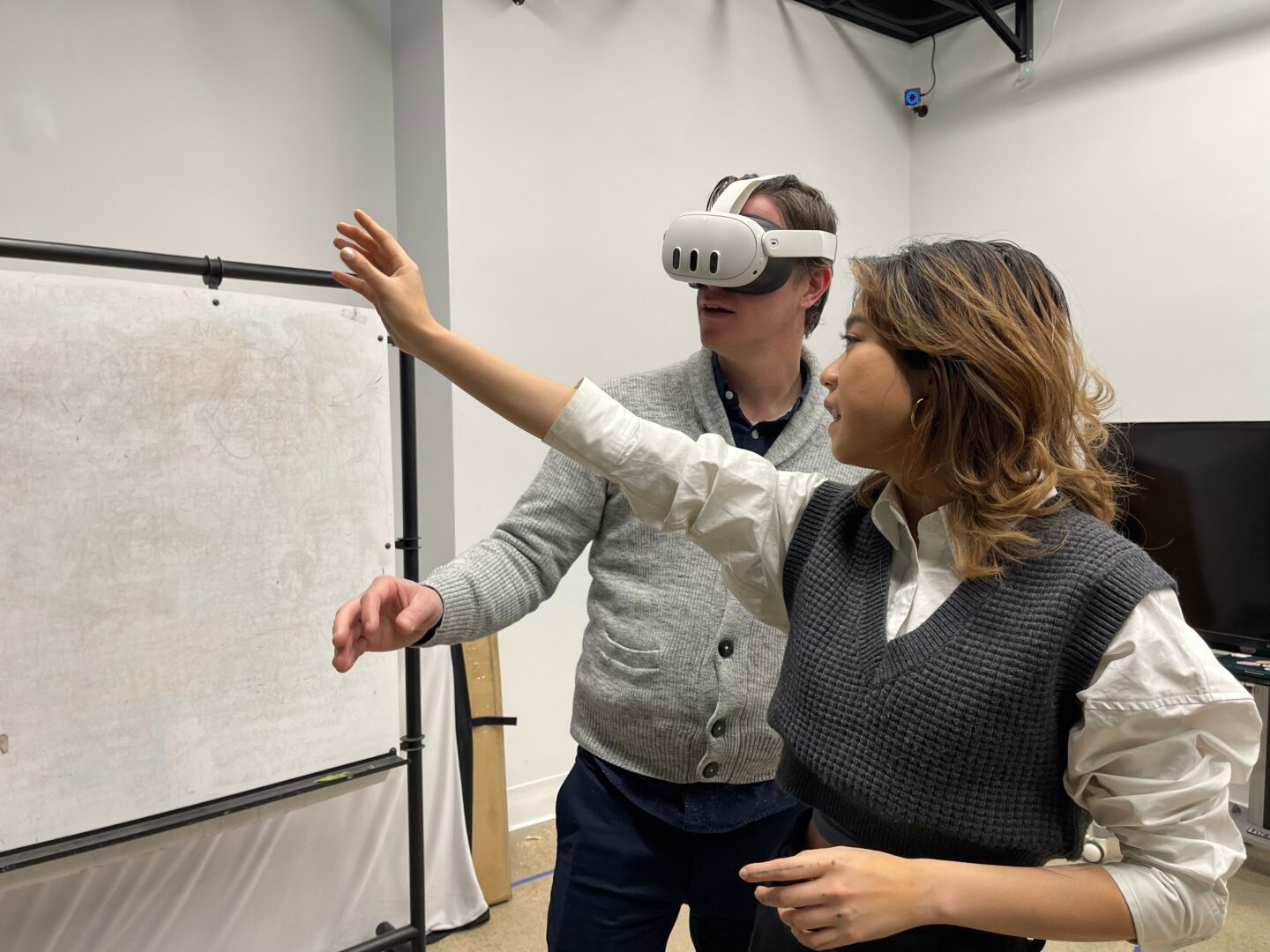
so if you or someone you know deserves recognition please let us know here.

